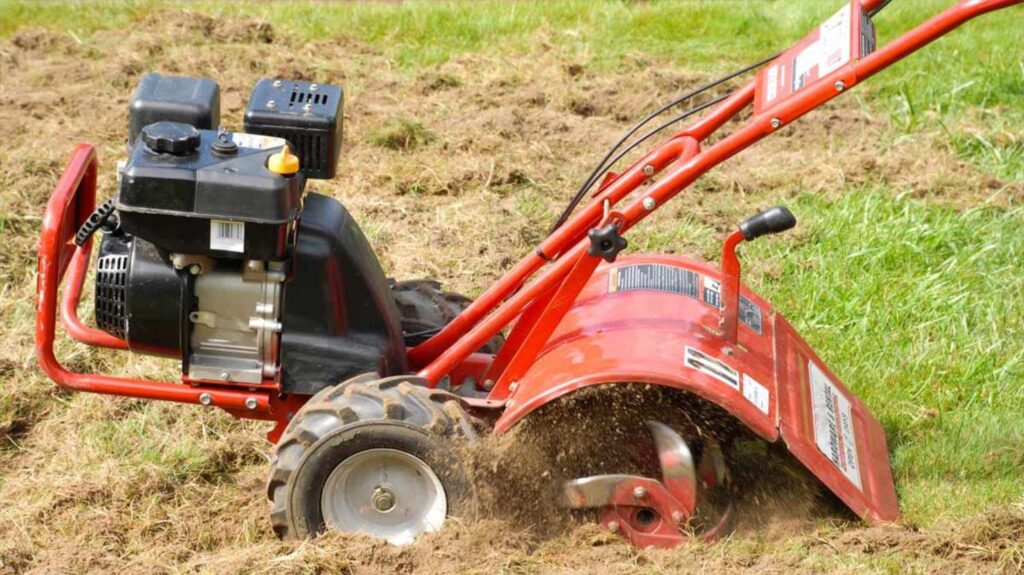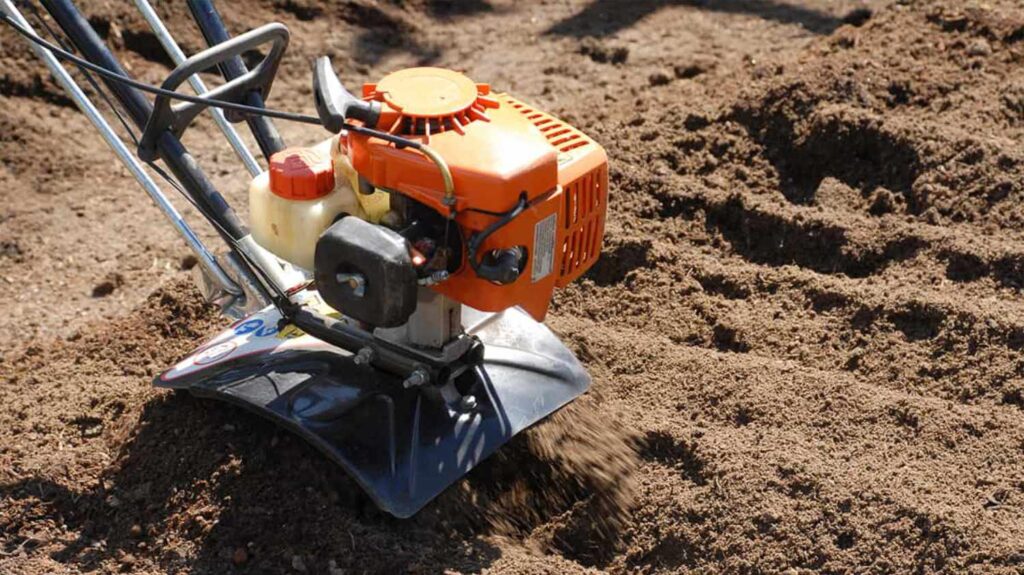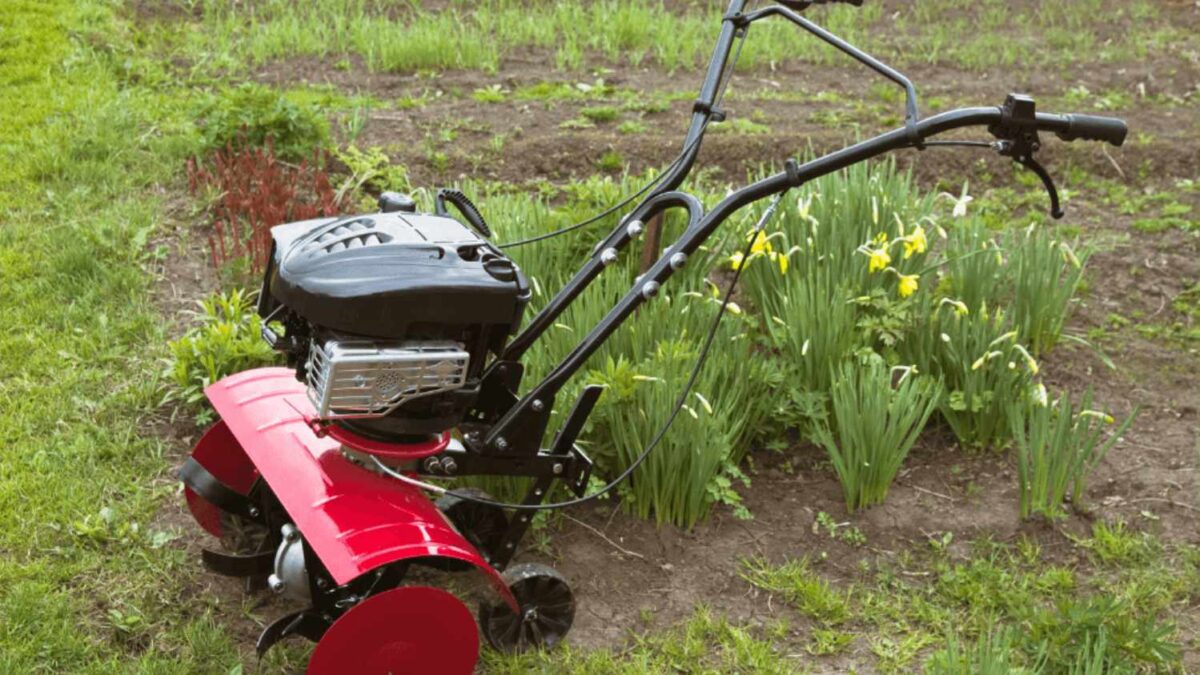If you’re a gardener, you know that there are a lot of different tools and equipment available to help you with your gardening tasks. Two of the most common tools are rototillers and cultivators. But what’s the difference between the two?
In this article, we’ll take a closer look at rototillers and cultivators, and we’ll discuss the pros and cons of each. We’ll also provide some tips on how to choose the right tool for your needs.
What is a Rototiller?

A rototiller is a power tool that is used to break up and mix soil. It has a rotating shaft with tines or blades that are attached to it. The tines or blades turn the soil over, breaking it up into smaller pieces.
Rototillers are typically used to prepare soil for planting. They can also be used to aerate soil, which helps to improve drainage and oxygen levels.
What is a Cultivator?

A cultivator is a smaller, lighter-weight tool than a rototiller. It also has a rotating shaft with tines or blades attached to it. However, the tines or blades on a cultivator are shorter and closer together than the tines or blades on a rototiller.
Cultivators are typically used to loosen and aerate soil. They can also be used to remove weeds and other unwanted plants.
Differences Between Rototillers and Cultivators
Rototillers and cultivators are both power tools that are used to work the soil. However, there are some key differences between the two tools.
Size and Power
Rototillers are typically larger and more powerful than cultivators. This means that they can break up and mix soil more effectively. However, rototillers are also more difficult to maneuver and control.
Depth of Work
Rototillers can work the soil to a depth of several inches. This is useful for preparing soil for planting or for aerating soil. However, rototillers can also damage plant roots if they are not used carefully.
Cultivators are typically only able to work the soil to a depth of a few inches. This makes them less effective for preparing soil for planting, but it also makes them less likely to damage plant roots.
Tasks
Rototillers are typically used for more heavy-duty tasks, such as preparing new garden beds or breaking up compacted soil. Cultivators are typically used for more light-duty tasks, such as aerating soil or removing weeds.
Choosing the Right Tool
The best way to choose the right tool for your needs is to consider the size of your garden and the tasks that you need to accomplish. If you have a large garden and you need to prepare new garden beds or break up compacted soil, then a rototiller is the best option. If you have a small garden and you only need to aerate soil or remove weeds, then a cultivator is the best option.
Conclusion
Rototillers and cultivators are both valuable tools for gardeners. However, it’s important to choose the right tool for the job. By considering the size of your garden and the tasks that you need to accomplish, you can choose the right tool to help you get the job done right.
Additional Information
Safety Tips
When using either a rototiller or a cultivator, it’s important to follow safety tips to avoid injury. These tips include:
- Always wear safety goggles and gloves when using a rototiller or cultivator.
- Be aware of your surroundings and make sure that there are no people or animals in the area before you start working.
- Do not use a rototiller or cultivator on wet soil.
- Keep the tines or blades of the tool sharp.
- Store the tool in a safe place when not in use.
Maintenance
It’s important to maintain your rototiller or cultivator to keep it in good working condition. This includes:
- Cleaning the tool after each use.
- Inspecting the tines or blades for wear and tear.
- Lubricating the moving parts.
- Replacing worn or damaged parts.
By following these safety tips and maintenance guidelines, you can help ensure that your rototiller or cultivator will last for many years to come.

